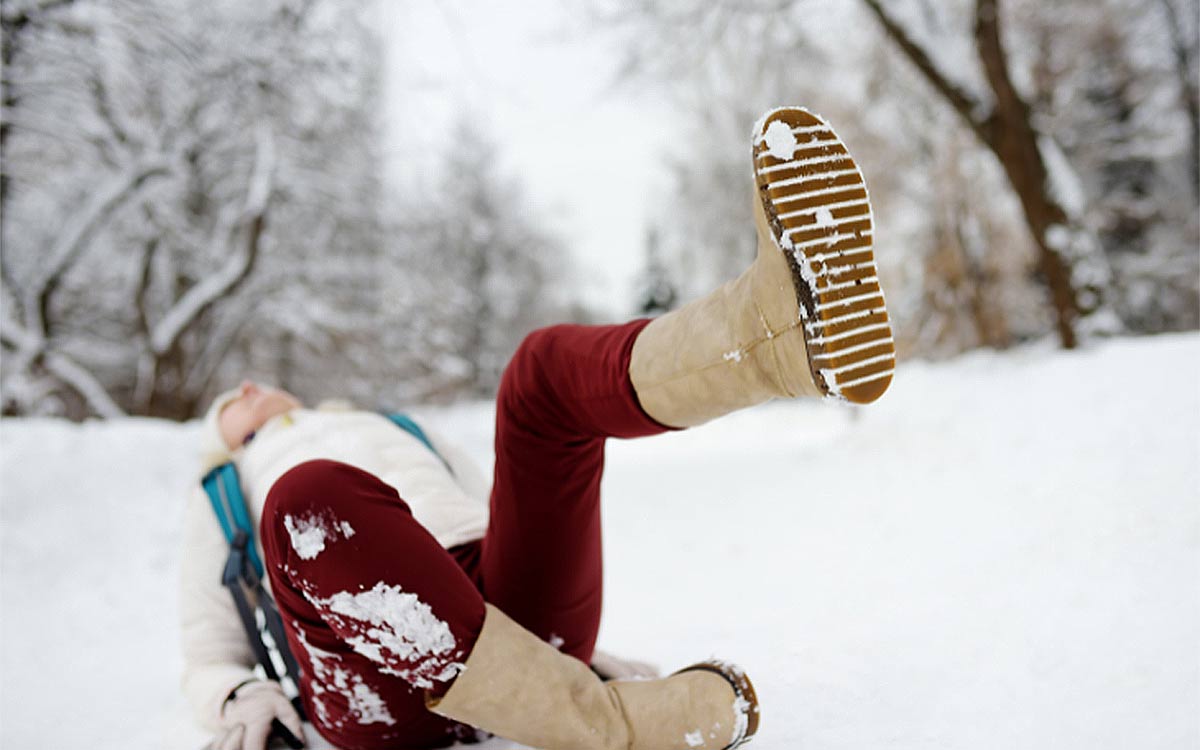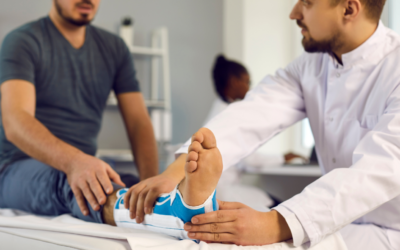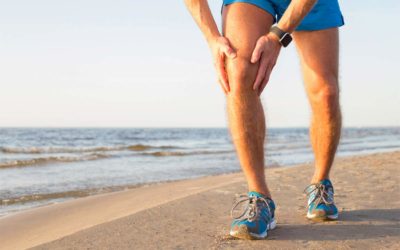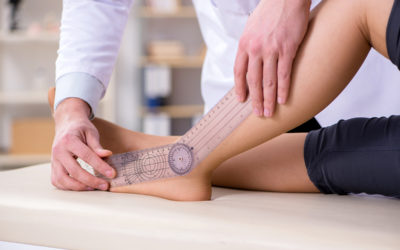Whether you’re a winter sports enthusiast and live for life on the slopes or you enjoy some leisurely sledding, winter injuries are an ever-present danger. Some of the most severe injuries occur during the winter months from various activities, some more serious than others. In this article, we’re going to look at the top 10 winter injuries according to doctors.
Some of these injuries result from playing winter sports such as skiing and snowboarding. Others are simply the result of everyday life that gets more complicated with winter. No matter the cause, let’s dive into what the top 10 winter injuries are. Keep in mind that these aren’t in order from most common to least common as the numbers are constantly changing. However, they are indeed the ten most common winter injuries year after year.
Dislocations
Dislocated shoulders, elbows, and joints of every kind are extremely common during the winter. Winter sports such as snowboarding and sledding are two of the most common culprits that lead to these injuries, but they can happen elsewhere. Sports such as basketball, hockey, and football are also common in the early or late stages of winter, and they’re all contact or high-intensity sports.
The most common dislocation injuries are shoulders, fingers, and elbows, but the injury certainly isn’t limited to those joints.
Broken Arms and Legs
Broken bones are a risk no matter what time of year it is, but they’re especially common during the winter. This is because of the same reason that there are more dislocation injuries, extreme winter sports, and increased physical activity. However, even performing the most simple tasks such as crossing the street or walking to your house from your car is more difficult in the winter.
Slipping on the ice and snow is one of the leading causes of winter injuries, especially in older adults. Falling on the ice and snow can cause broken bones, concussions, back problems, strains, sprains, and any number of other complications. No matter what the result of your slip on the ice is, however, Tennessee Orthopedics Clinics is here to help. We will provide you with the care and rehab you need to get back to 100%.
Head Injuries
Head injuries such as cuts and bruises and concussions are often the result of falls, sports accidents, and car accidents. These things are increasingly popular as the temperatures get colder and the ground starts freezing. Car accidents, in particular, are extremely popular after the snow has begun to fall and the roads begin to freeze.
Additionally, there are hundreds of injuries every winter from people who fall off ladders while hanging Christmas lights or decorating their trees. Whether you’re the victim of a decorating accident or a sports injury, or anything else, Tennessee Orthopaedic Alliance is here to help. We have the skills and experience necessary to help you recover and treat whatever head injury you might have.
Bruises
A bruise result anytime there is excessive pressure or a blow to any part of your body. Falling in the ice and snow, car accidents, and injuries from winter sports all lead to cuts and bruises of every kind. Bruises are common during other times of the year amongst populations that engage in excessive physical activities and sports, but winter makes them a risk for everyone.
Muscle Strains from Winter Maintenance
As the snow starts falling each winter, millions of people around the country break out their snow shovels and start clearing their driveways and sidewalks. However, as people get older, their bodies are less adept at handling the physical stress of shoveling and moving snow. This leads to muscle strains in the arms, legs, and back.
Injuries such as these can be avoided by people knowing their limits and performing stretching exercises before working. Tennessee Orthopaedic Alliance will not only treat you for your injuries, but we will also educate you about how to avoid them in the future.
Back Injuries
There are a variety of upper and lower back injuries that occur during the winter months. Ruptured discs, pulled muscles, and dislocated backs increase with the ice and snow. Whether it’s shoveling snow, straining to reach the top of your Christmas tree, or even clearing your windshield, there are nearly unlimited ways to hurt your back.
Chilblains and Frostbite
Chilblains are sores, bumps, or blisters that form on your skin after you’ve been exposed to the cold for an excessive amount of time. They most often target your feet, hands, and parts of the body away from the core of the body. Chilblains are often extremely itchy and irritating when they form, but they usually go away on their own.
Chilblains are often a precursor to frostbite, which occurs when you’ve been exposed to the cold for far too long. Frostbite is more serious than chilblains, and you should dress and act accordingly to protect yourself from these conditions.
Torn ACLs From Sports
A torn ACL can occur from slipping on ice, but they more commonly result from sports injuries. Hockey, basketball, football, skiing, and snowboarding present the danger for many injuries, including torn ACLs and other knee injuries. The ACL is one of the most important ligaments in your knees, and you’ll be extremely hampered with one that’s torn.
If you’re experiencing knee pain of any kind, Tennessee Orthopaedic Alliance will be able to determine if you’ve torn an ACL. They’ll also be able to help you in your rehabilitation and recovery.
Strained Neck Muscles
Along with back strains, neck strains are extremely popular during winter. Anytime you stretch and strain farther than you should, a strained neck muscle can be the result. Once again, you must do the proper stretches before doing any type of strenuous activity. Even something as simple as brushing snow off your windshield or turning your head to check out some Christmas lights can result in a strained neck muscle.
Sprained or Strained Ankles
Once again, ankle injuries are popular at all times of the year, but winter sports and weather conditions make them more hazardous. People often don’t wear the proper shoes and boots in the ice and snow, which often results in ankle injuries to people of all ages.
While each of the injuries in this article is extremely popular during winter, they can occur anytime, anywhere. No matter what time of year it is or the cause of your injury, Tennessee Orthopaedic Alliance is the facility for you.




